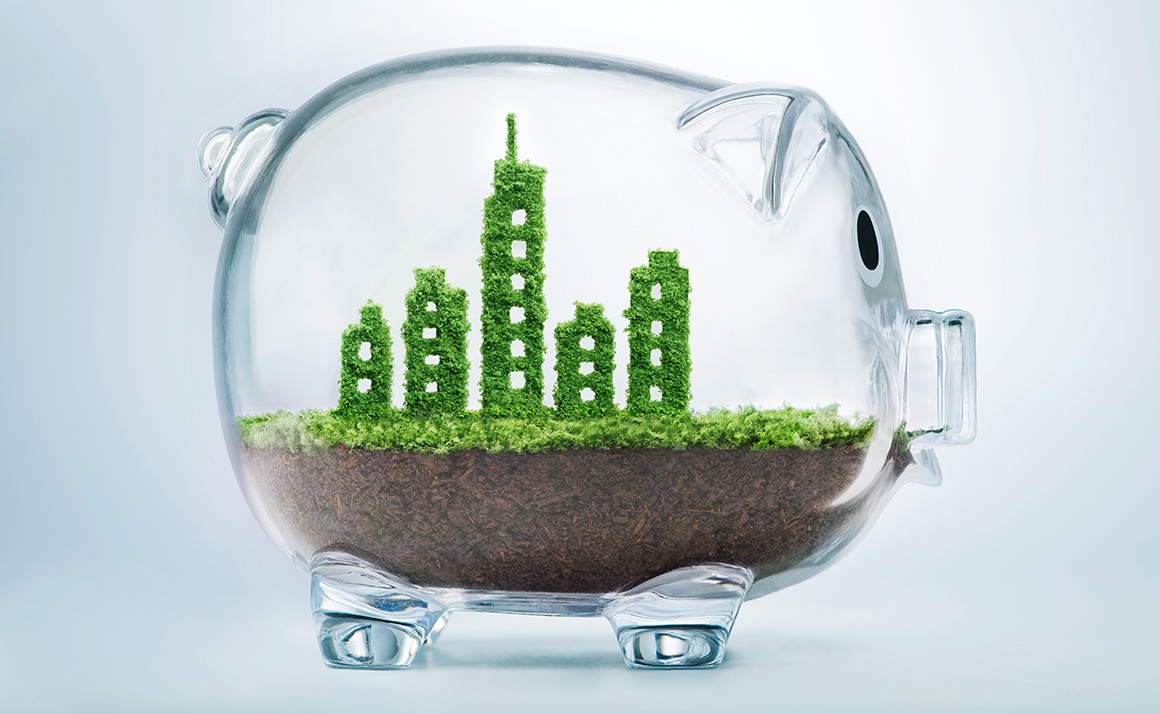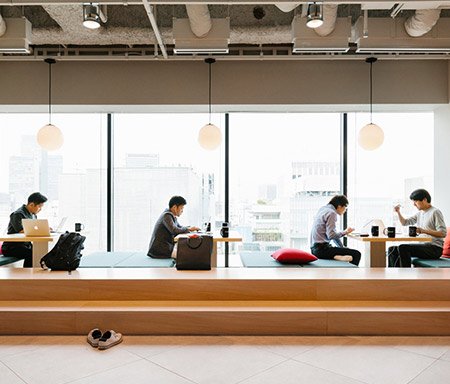
The business case for better buildings
Sustainable buildings offer clear cost advantages to occupiers and the benefits are now more quantifiable than ever.
Developers, investors and occupiers are increasingly keen to seek green certification, such as a GRESB score, but the perception that sustainability is a cost or only part of a company’s ESG responsibilities.
However, the World Green Building Trends 2018 report found that nearly half of respondents were put off green buildings by higher initial costs, either perceived or actual, while a third felt green building was for high-end projects only.
More positively, 55% said green buildings had lower operating costs, but despite this only 15% reported higher rents for green buildings and only 19% reported higher sale prices as a result of sustainable initiatives.
Douglas Smith, managing director Asia, for Green Generation, an energy solutions provider for real estate, is trying to promote the financial benefits of sustainability to landlords in Japan. “Solutions which reduce energy costs are particularly important for a market like Japan where high energy costs and low cap rates mean that any cost reduction results in significant additional value.
“Our key message to real estate owners is that once they have validated a cost saving, that can be capitalised and – especially at Japanese cap rates – create value immediately. This is an additional element to the question of ‘how long will the payback take?’”
A typical project for GreenGen involves looking at all energy expenditures from HVAC, lighting, water and gas. Among other projects in Japan , GreenGen has performed energy assessments for a portfolio of multifamily assets for a global opportunity client and installed LED lighting and controls. Smith says such solutions are attracting the interest of Japanese real estate investment trusts. “Reducing energy costs ought to be a major focus for REITs, as they need to maximise NOI, have a longer hold period to recapture costs and have investors who are more sensitive to sustainability” he says.
The next frontier for developers of sustainable buildings is wellness. The best work environments can reduce stress and therefore sick days, but so far there is a relatively limited body of research quantifying the benefits.
However, a recent survey by human resource consulting firm Mercer indicates that the total costs of all major absence categories, including direct and indirect costs, average 35% of base payroll. Meanwhile the Kronos Global Absence Survey found that 60% of employees in China and 40% in India had take sick days because they felt stressed.
As staff costs are much greater than property costs, being able to reliably quantify the benefits of a healthy building in reducing stress and abstenteeism would prove valuable to landlords.
Further reading:
World Green Building Trends 2018 – SmartMarket Report
Green Generation
Contact us:
Simon Smith



